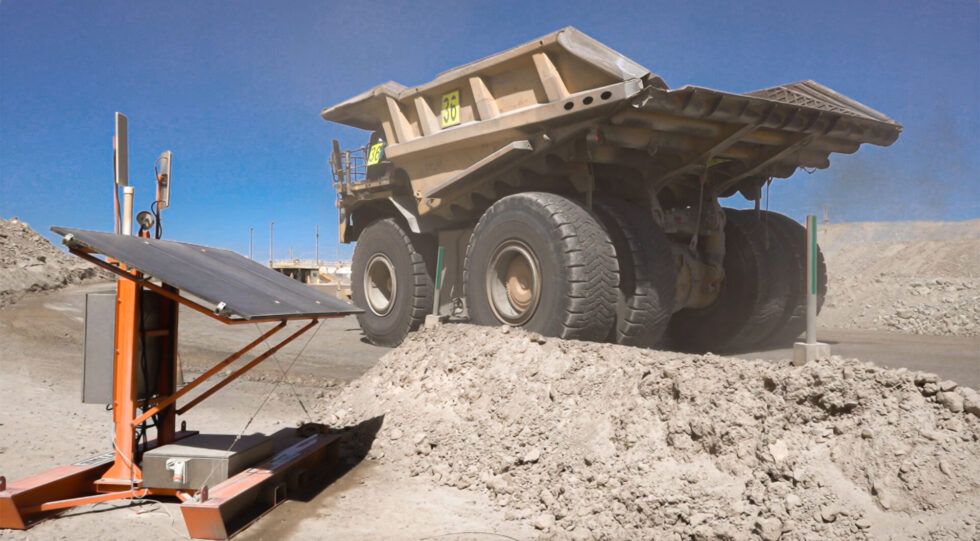Kal Tire’s Mining Tire Group says its autonomous tyre inspection stations are providing significant benefits for Antofagasta Minerals at the Minera Centinela copper mine in Chile. Every week on site, 200 tyres are monitored by these stations.
The company adds: “The Pitcrew AI thermal imaging and software captures the data, which reports into our proprietary TOMS (Tire Operations & Management System), automating critical next steps. Maintenance teams are automatically alerted to signs of potential tyre damage and high temperatures, which saves each truck from stopping for 30+ minutes of inspection every week.”
Kal Tire says the autonomous tyre inspection stations eliminate risks to technicians performing manual inspections, reduce inspection times, plus improve productivity and fleet availability. The tyre management and monitoring major adds: “We’re excited to hear about these early results and grateful for our partnership with Grupo Antofagasta Minerals.”
In 2021, after integrating the thermal imaging software of Pitcrew.ai with TOMS, Kal Tire began to bring customers its first automated tyre inspection stations to sites in Australia, Canada, Chile and soon to Mozambique. “As mining trucks pass by, the stations monitor front and rear tyres, and the AI software searches thermal imaging video footage for anomalies such as hot spots, belt edge and tread separations,” says Christian Erdelyi, Manager, Mining Technology Solutions, Kal Tire’s Mining Tire Group. “These could all have a serious impact on safety, productivity and downtime.”
While Pitcrew.ai thermal imaging and software captures the data, TOMS makes that data useful and automates critical next steps. For example, a haul truck passes the inspection station, which captures and detects a hot tyre. That finding, and all findings, are reported into TOMS. The system then automates an inspection work order as part of a self-reinforcing feedback loop. Next, TOMS plans tyre change work as necessary based on damage severity. “For us, the ability to identify tyre-related issues in real-time and react quickly to avoid serious tyre issues is critical,” says Erdelyi.











